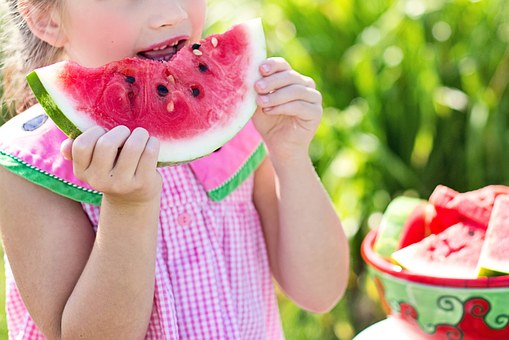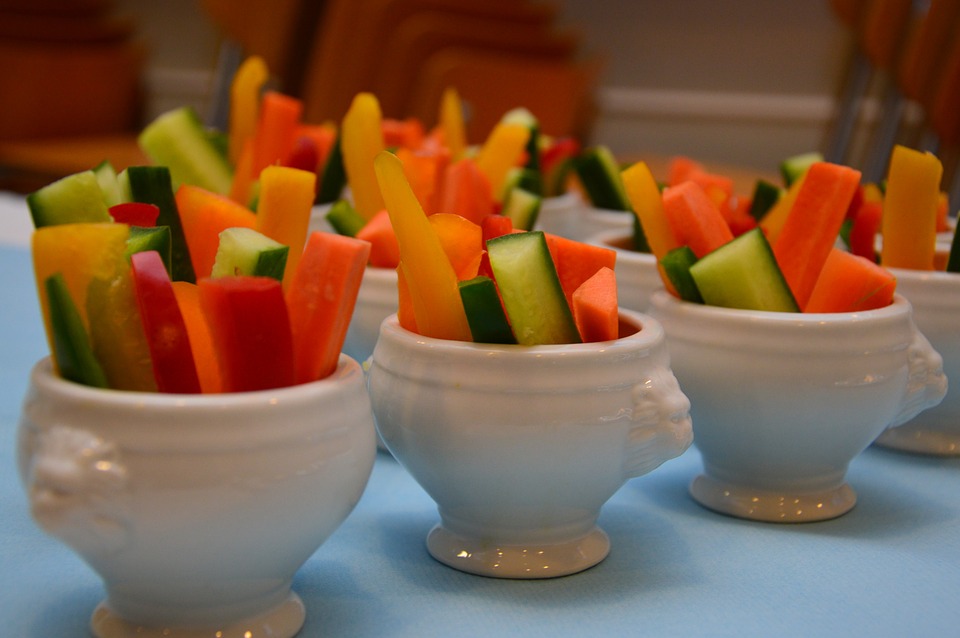Kids Meal Ideas
Children need fresh whole food for their developing minds and growing bodies. Their meals should be a balance of protein, carbohydrates, fibre, and essential fatty acids.
 Protein is essential for growth and repair within the body. Protein builds more than just muscle; it is used to form each cell throughout the body. Children need to eat good quality protein daily. Meat, chicken fish, dairy (if tolerated), beans and grains are all great sources of protein. When sick or after an injury it is important to eat more protein to aid the bodies healing process.
Protein is essential for growth and repair within the body. Protein builds more than just muscle; it is used to form each cell throughout the body. Children need to eat good quality protein daily. Meat, chicken fish, dairy (if tolerated), beans and grains are all great sources of protein. When sick or after an injury it is important to eat more protein to aid the bodies healing process.
Carbohydrates are the body’s source of fuel. Complex carbohydrates (from whole grains, fruit and vegetables) provide sustained energy for children without sugar highs and lows.
Fibre is found in fruit, vegetables, whole grains, nuts and seeds and is needed to aid digestion and avoid constipation. Children will generally get enough fibre from a whole food diet.
Essential Fatty Acids: Omega 3 and 6 are needed for brain and immune system function. Essential Fatty acids form part for the cell membrane and are involved in reducing inflammation throughout the body. Oily fish such as halibut, sardines, mackerel, salmon and tuna are all great sources. For vegetarians; Flaxseed oil (highest linolenic content of any food), flaxseeds, flaxseed meal, hempseed oil, hempseeds, walnuts, pumpkin seeds, brazil nuts, sesame seeds and avocados.
And, Children need to avoid
1. Processed foods are often high in salt and sugar, providing lots of calories that have no nutritional value. These kinds of foods contain nothing that will help your child to learn and grow. A diet high in processed foods contributes to weight gain and in turn diabetes.
2. Refined sugars provide energy to the body that is used up too quickly thereby creating sugar highs and lows, making it hard for children to concentrate and behave well. Refined sugars have long been associated with poor immune system function, diabetes and dental decay.
3. Artificial colouring, and sweeteners – these are chemicals that children do not need. Often children react badly to colourings and sweeteners making it difficult for them to concentrate and behave well.
![]()
Breakfast Ideas
Virtually all commercially available breakfast cereals are high in sugar, and so should be avoided.
- Alternatives are homemade porridge (oats, GF oats, quinoa, buckwheat, rice and millet). Rotate grains to provide variety and make with your choice of whole milk (if not DF) or milk alternative. Serve with sliced fresh fruit and cinnamon.
- If you have a child with a drier pallet, try making your own toasted muesli (see below for recipe.
- For toast fanatics try eggs, avocado, mushrooms, or homemade nut butters
- For reluctant breakfast eaters, a smoothie or healthy snack box may be more successful.
Homemade Muesli
This can be made either in the oven or a crock pot. If using an oven, keep a close eye on the toasting, as it can burn easily.
– 4 cups oats or GF oats
– ¼ cup Buckwheat groats
– ½ cup sunflower seeds
– ½ cup pumpkin seeds
– 1 cup chopped almonds, cashews, brazil nuts
– ½ cup olive oil
– ½ cup chopped dried fruit
- Mix together all ingredients except the dried fruit, in a bowl or crockpot, if using.
- Toast in the oven at 160C, stirring occasionally until golden.
- If using a crockpot, toast on high stirring occasionally until golden.
- Once toasted, add the chopped dried fruit, cool and transfer to a glass container. Enjoy with or without milk.
![]()
Dinner Time
Pre-dinner vegetables
 Cut up a selection of vegetable sticks for the kids with or without a dip (hummus, tzatziki, black bean dip). Let them nibble on them before dinner; providing young children (with a short attention span for sitting at the table) with a daily dose of vitamins and minerals.
Cut up a selection of vegetable sticks for the kids with or without a dip (hummus, tzatziki, black bean dip). Let them nibble on them before dinner; providing young children (with a short attention span for sitting at the table) with a daily dose of vitamins and minerals.
Dinner ideas for kids:
Risotto, lentil dahl and rice, nachos using pea chips instead of corn chips, home-made fish and chips (pan-fried fish and oven baked chips), green wraps (using iceberg lettuce instead of a wrap- fill with sliced chicken, fish, meat or beans and rice, add vegetables cooked or raw), meatballs and brown rice, roast vegetables and chicken, pasta bake, ‘choosing dinner’- put out a selection of vegetables, chicken or meat (hot or cold), boiled eggs, roast vegetables, pita bread; let the kids choose what they want on their plates.

